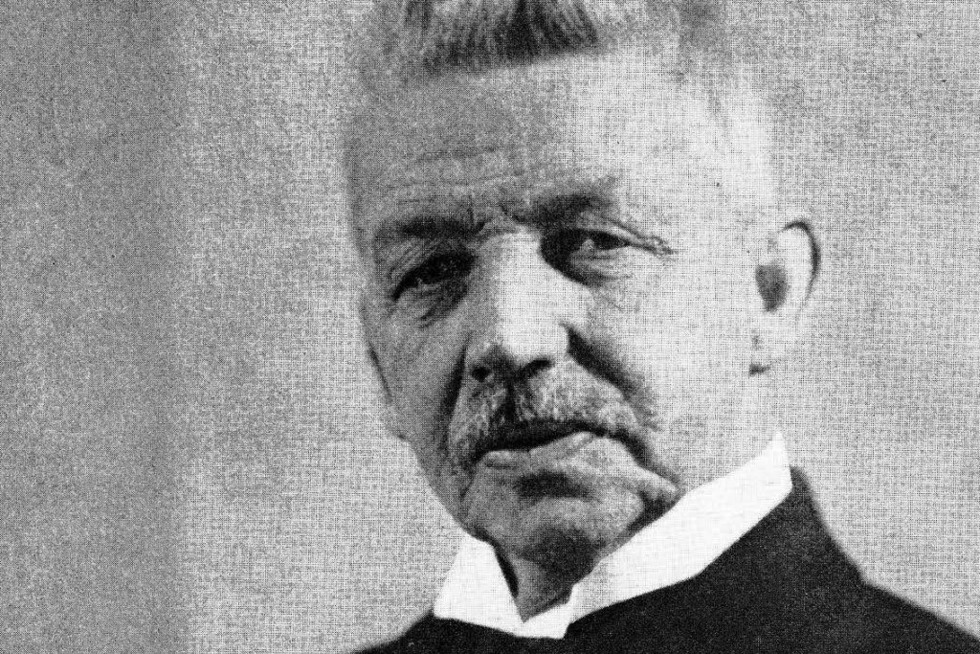We got to know heart rheumatism thanks to him: Who is Karl Aschoff?
He took an important step in the diagnosis of cardiac rheumatism. As a result of these studies on the circulatory system, he published a review on the pathological causes of heart failure.

(1866-1942) German pathologist. He explained the existence and function of the reticuloendothelial system. Karl Albert Ludwig Ascnoff was born on January 10, 1866, in Berlin. He studied in Bonn, Berlin and Strasbourg. After receiving his medical degree from the University of Bonn in 1899, he worked as an assistant to Recklinghausen at the University of Strasbourg, who had described the thinnest lymph channels and connective tissue. He then transferred to the University of Göttingen and studied with J Orth. In 1903 he was appointed professor of pathology at the University of Marburg. Three years later, he was appointed as the chair of pathology at the Albert Ludwig University in Freiburg-im-Breisgau. Aschoff, who was also the founder of the Pathology Institute attached to this chair, continued in the same position until his death on June 24, 1942.
Aschoff, during his research at the University of Marburg in 1904, noticed the presence of a number of lumps (nodules) in the heart muscle, consisting of cell accumulation. It was an important step in the diagnosis of this disease to reveal the relationship of these formations, which were later called "Aschoff's nodules", to cardiac rheumatism. In the same years, he worked on blood clotting (thrombosis) and hardening of the arteries (arteriosclerosis), which is caused by the loss of flexibility of the arterial walls. As a result of these studies on the circulatory system, he published a treatise on the pathological causes of heart failure in 1906. After a while, he expanded his field of interest to include studies on gallstones and appendicitis.
Aschoff's most important contribution to medicine was his discovery of the reticuloendothelial system. While working with his Japanese colleague Kiyono at the pathology institute he founded, they observed that when they injected a colloidal dye into the arteries, this dye, which entered the bloodstream, was taken up by certain tissue cells in various parts of the body. According to his observations, these cells were mostly found in the lymph nodes, spleen, liver, and bone marrow. Although, the existence of these cells in the endothelium layer covering the inner surface of various organs and their phagocytosis feature (the ability to destroy bacteria and foreign substances that enter the body by swallowing them) have been revealed by some scientists before. However, Aschoff was the first to realize that these cells, which were known by different names (such as macrophage, microphage, Kupffer, and Gaucher cells) until that day, perform the same function in any tissue and respond to stimuli in the same way, thus forming a system (1924).
The role of this system in metabolism, which Aschoff calls "endothelial" because it covers the inner surface of the lymph nodes, sinus, spleen, bone marrow, and liver, and "reticulo" because it spreads like a network in the connective tissue of these organs, is very important. These cells, which play a role in the synthesis of hemoglobin and the formation of bile, also undertake the defense function of the organism. When disease-causing microorganisms enter the body, the reticuloendothelial cells can immediately change into engulfing cells and destroy bacteria or microbes by engulfing them by phagocytosis.
